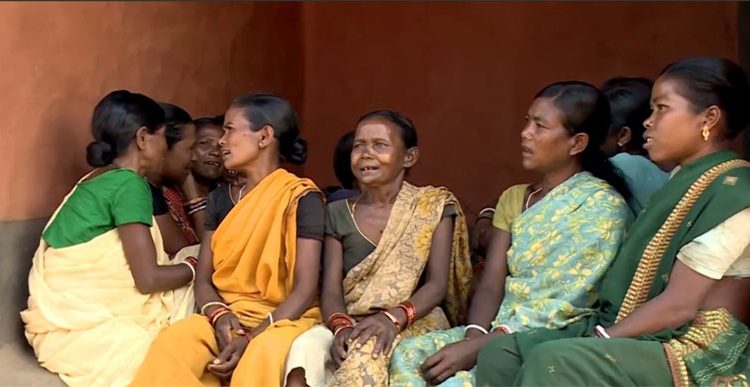Virtual Tour to State Tribal Museum
Bhubaneswar(Kalinga Voice) : The ST & SC Development Department has taken up virtual tour of Odisha State Tribal Museum on every Sunday. On 30th May, the visitors can visit life and culture: the Juang of Gonasika by opening the Facebook and Twitter Pages @stscdev, @scstrti, said Director, SCSTRTI Prof. Dr. A. B. Ota.
Juang Pirh located high in Gonasika hills is thought to be the original abode of the Juang community. The Juang are settled in the hills and valleys of Keonjhar and plains of Angul and Dhenkanal. Cultivation, shifting cultivation, hunting, food gathering are major occupation of Juang community.

The Juang is one of the primitive tribal groups of Odisha. The word ‘Juang’ means ‘Sons of man’. In the past they were being called Pattuas for wearing leaves. The community can broadly divided into two sections namely the Hill Juang and Plain Junag. The Hill Juang is confined to the hill ranges of Keonjhar and Pallahara whereas the Plain Juang is distributed among the plains of Dhenkanal and Keonjhar districts. The Hill Junag still in primitive stage subsisting mainly on shifting cultivation, whereas the Juang of the Plains have taken to settled agriculture. The Juang Pirh of Keonjhar district as their homeland. Those who live in this area are known as Thaniya (Original settlers), while those who have migrated to the plains of Keonjhar and Dhenkanal districts are called Bhagudia. The Juang villages are grouped under four Pirhs named as Satkhand, Jharkhand, Kathua and Rebena. Each Pirh is led by a tribal chief designated as Sardar. Another important feature of Juang society is their traditional youth-dormitory, majang or mandaghar. The Majang, a rectangular house in the centre of the village serves as a community house for the youth, court house for the elders, Guest House for visitors, cooperative store for storage of common grains, place for keeping musical instruments, a venue for common rituals, cultural centre, museum of art and craft. The other distinguished feature of Juang are their strong kinship organisation dividing them into Kulumi, Kins and Bandhu, affine.

